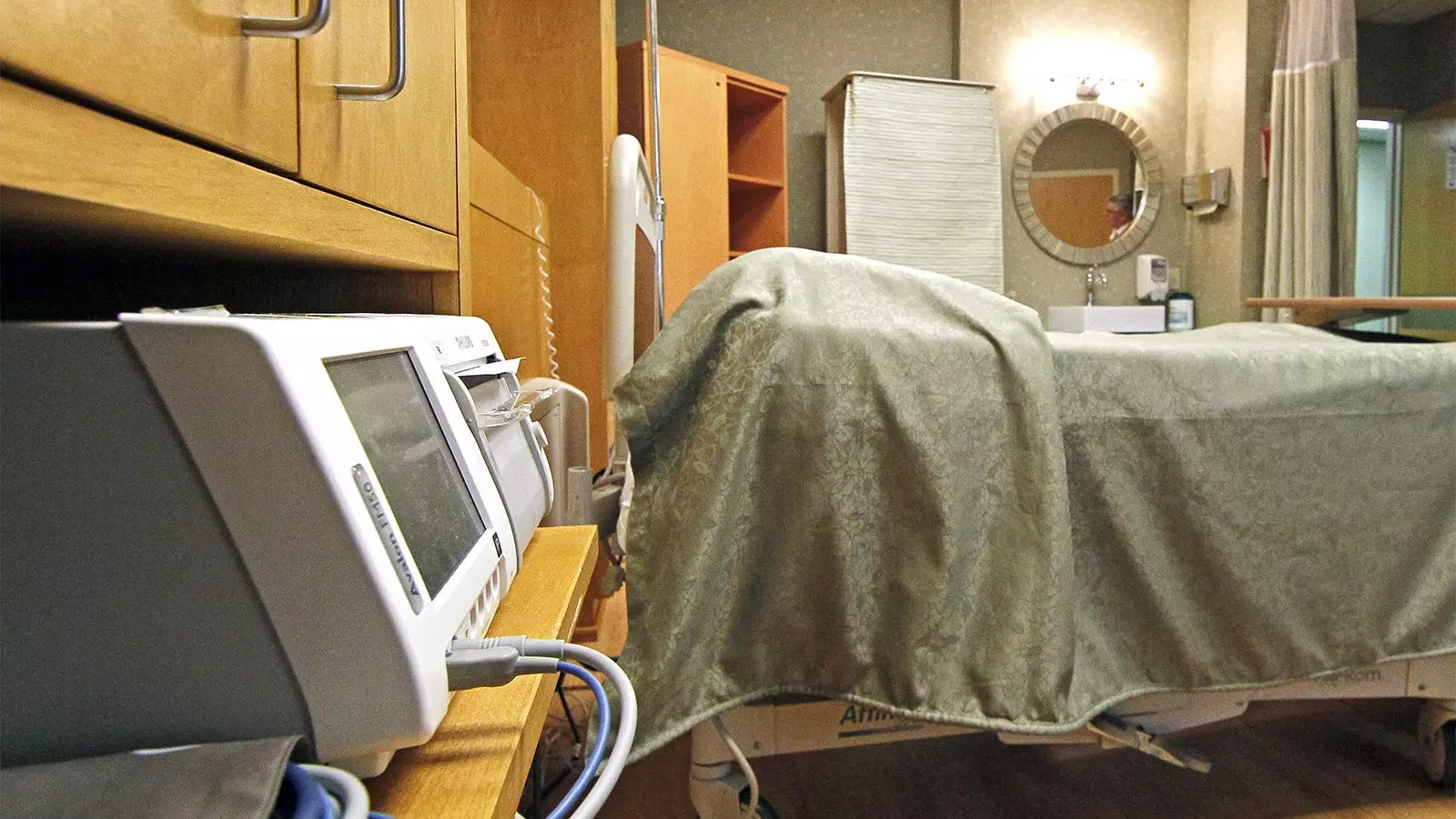The latest government data suggests that U.S. pregnancy-related deaths have decreased to pre-pandemic levels. The provisional CDC data shows that 680 women died last year during pregnancy or shortly after childbirth, which is a significant decline from 2022 and 2021. According to Dr. Donna Hoyert, a CDC maternal mortality researcher, COVID-19 played a crucial role in this improvement. The coronavirus posed a significant threat to pregnant women, and during the peak of the pandemic, exhausted healthcare providers may have neglected the concerns of pregnant women, increasing the risk of maternal deaths. The mention of COVID-19 as a contributor to pregnancy-related deaths also decreased significantly, from over 400 in 2021 to fewer than 10 in 2023, indicating a positive trend.
Despite the overall decline in pregnancy-related deaths, racial disparities persist in maternal mortality rates. The death rate among Black mothers is more than two-and-a-half times higher than that of white and Hispanic mothers. This disparity highlights the need for targeted interventions to address healthcare inequities and improve outcomes for minority mothers. The stagnant progress in reducing maternal death rates over the past five years suggests that more efforts are needed to bridge the gap and ensure that all women receive equal access to quality healthcare during pregnancy and childbirth.
While there have been advancements in addressing common causes of pregnancy-related deaths, such as excessive bleeding and infections, there are several challenges that continue to pose risks to maternal health. The closure of rural hospitals and the impact of the 2022 U.S. Supreme Court decision on abortion rights have contributed to limited access to medical care before, during, and after childbirth. Physician burnout, exacerbated by restrictions on providing care during pregnancy-related emergencies, further compounds the challenges faced by pregnant women seeking essential healthcare services.
Despite the progress made in reducing pregnancy-related deaths, there is still much work to be done to improve maternal health outcomes in the United States. Initiatives like the March of Dimes’ education campaign promoting the use of low-dose aspirin to prevent preeclampsia and efforts to address infections and blood loss are steps in the right direction. However, sustained efforts are required to overcome systemic barriers and disparities that impact maternal mortality rates. Healthcare providers like Dr. Laura Riley emphasize the need for comprehensive strategies to enhance access to care and support for pregnant women, especially those at high risk of complications.
The decline in U.S. pregnancy-related deaths is a positive development, attributed in part to the impact of COVID-19 and targeted interventions. However, persistent racial disparities, healthcare challenges, and systemic risks continue to threaten maternal health outcomes. Addressing these complex issues will require a multifaceted approach that focuses on improving access to care, reducing disparities, and supporting healthcare providers in delivering high-quality care to pregnant women. By addressing these challenges head-on, the United States can make further progress in reducing maternal mortality rates and ensuring better outcomes for mothers and babies.

Leave a Reply